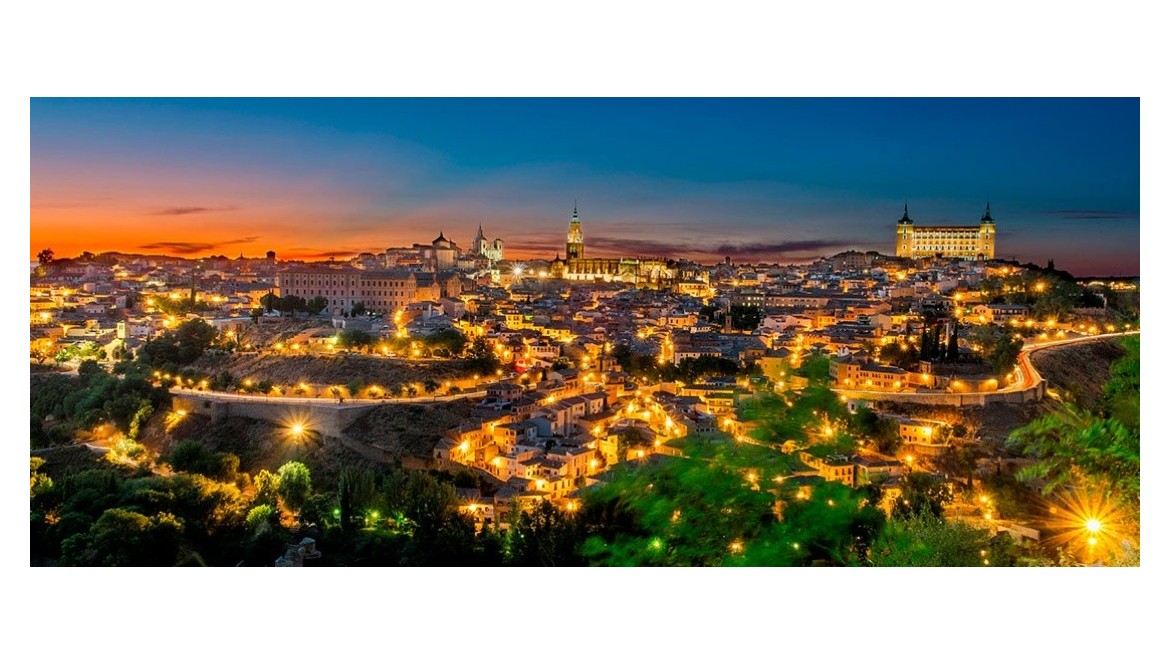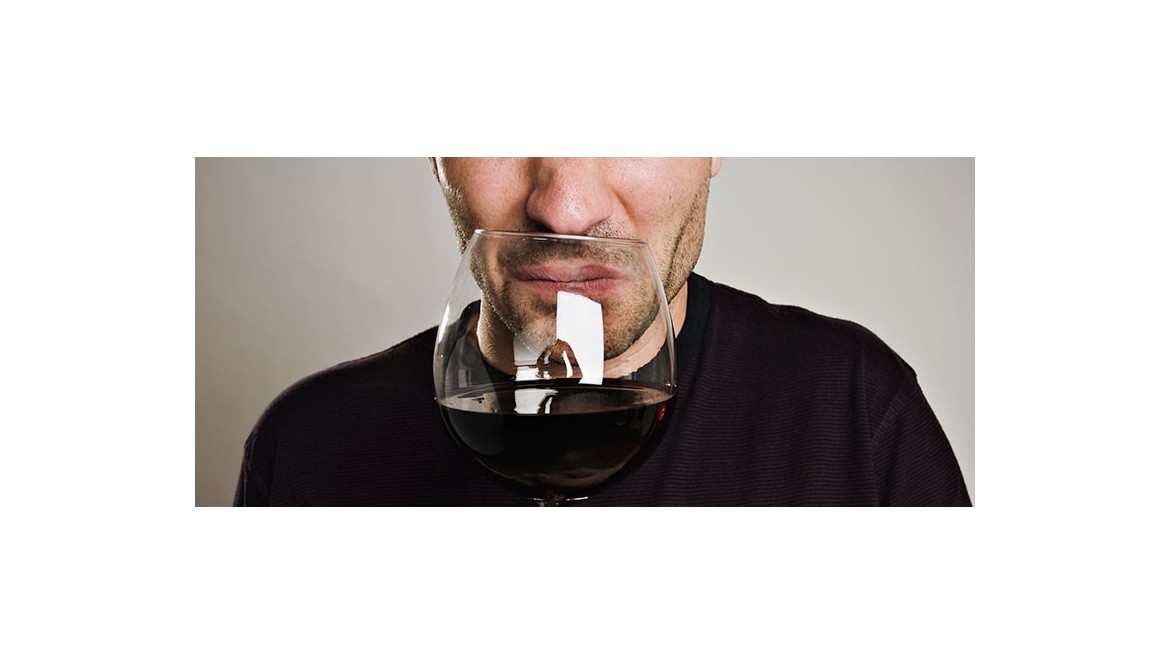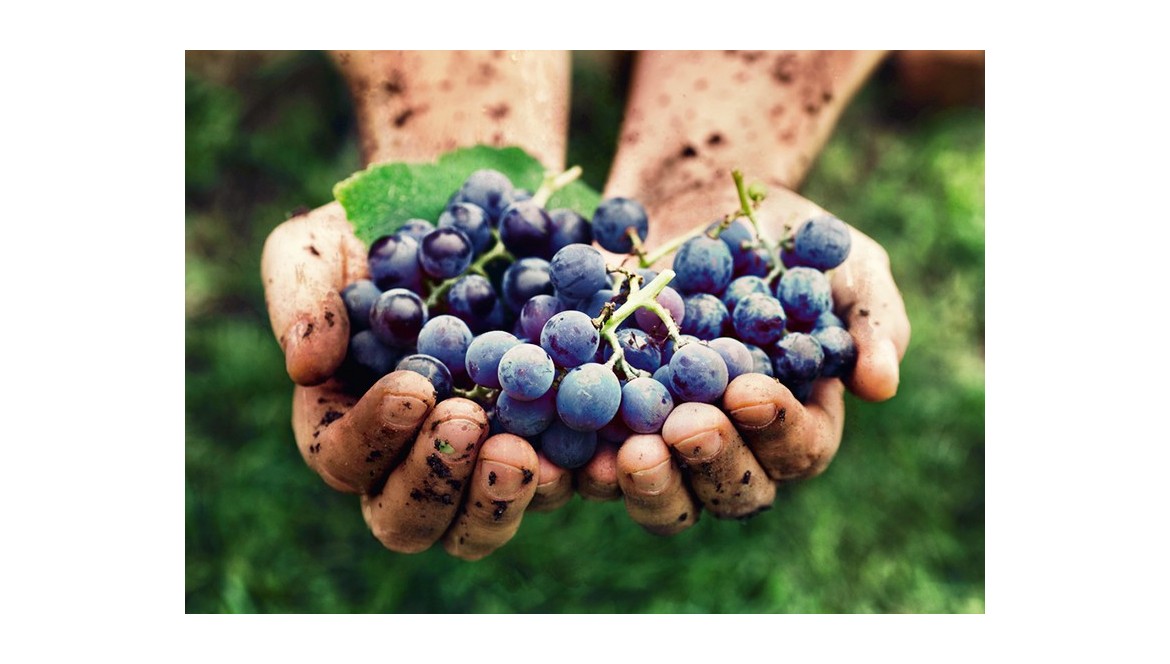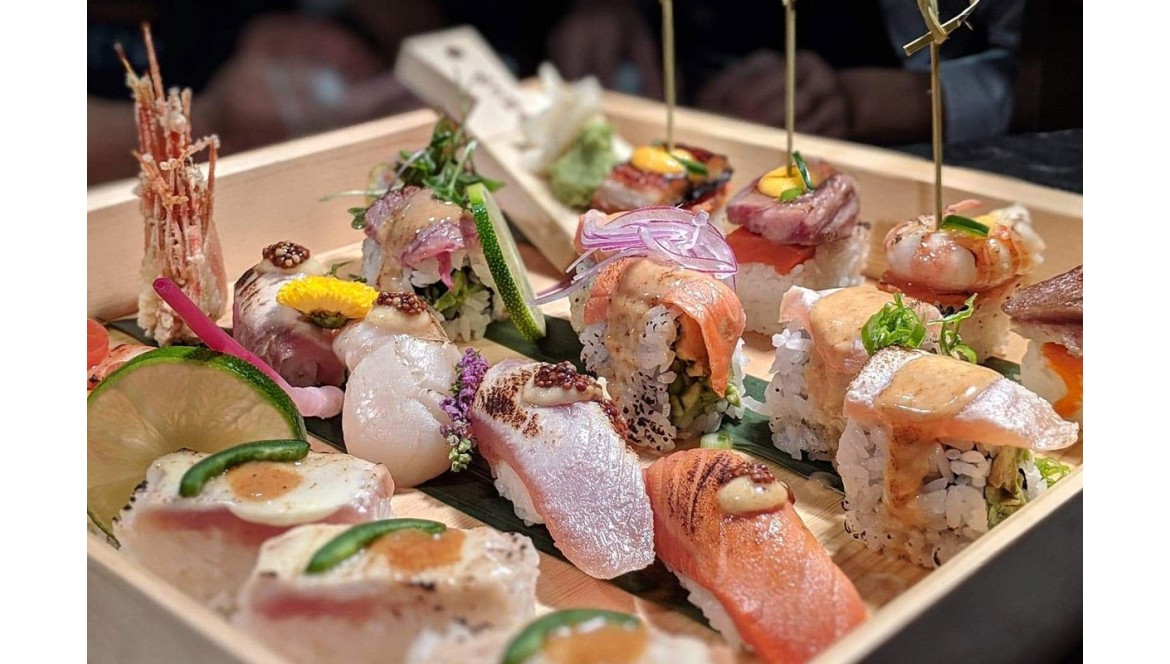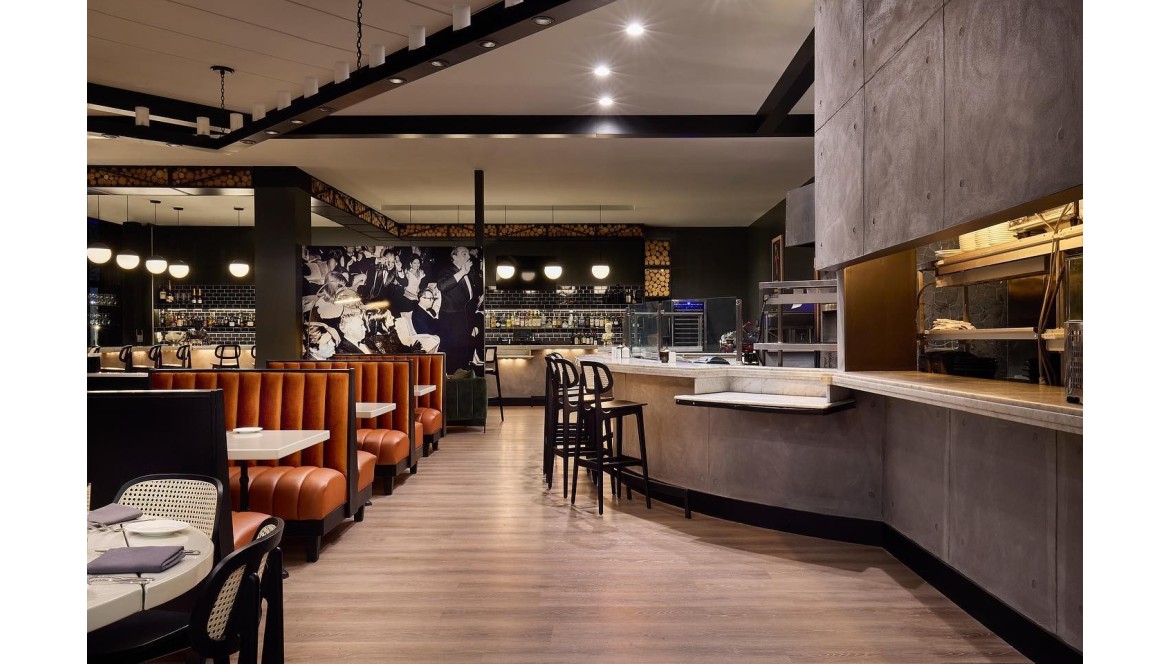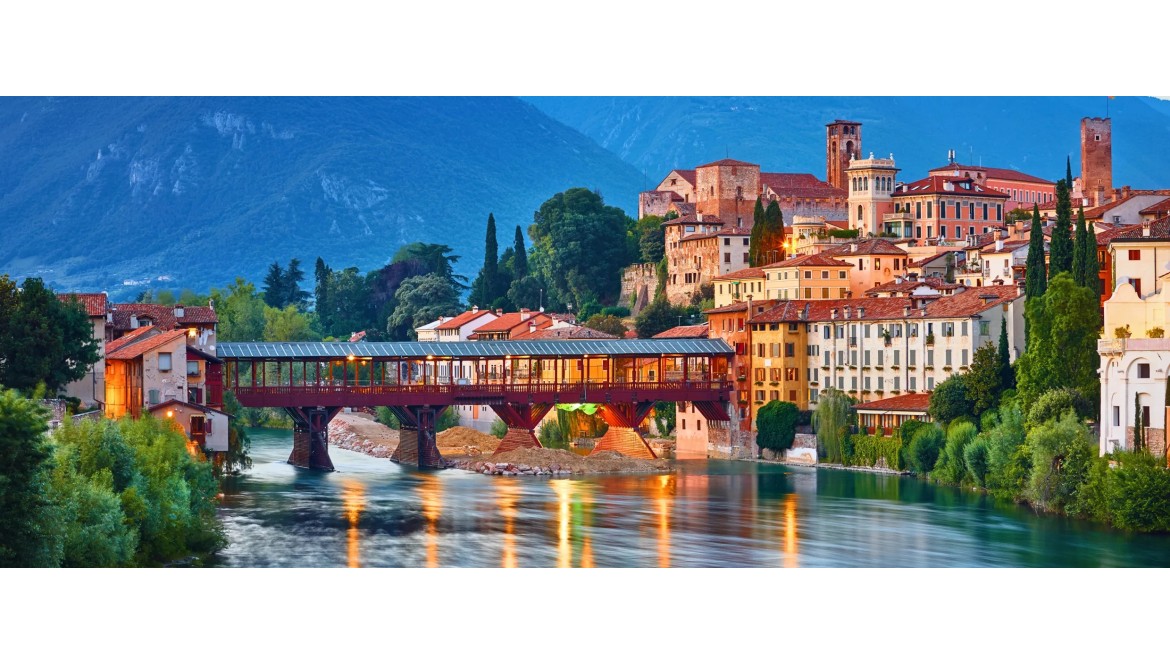Grappa Moonshine or Fine spirit?
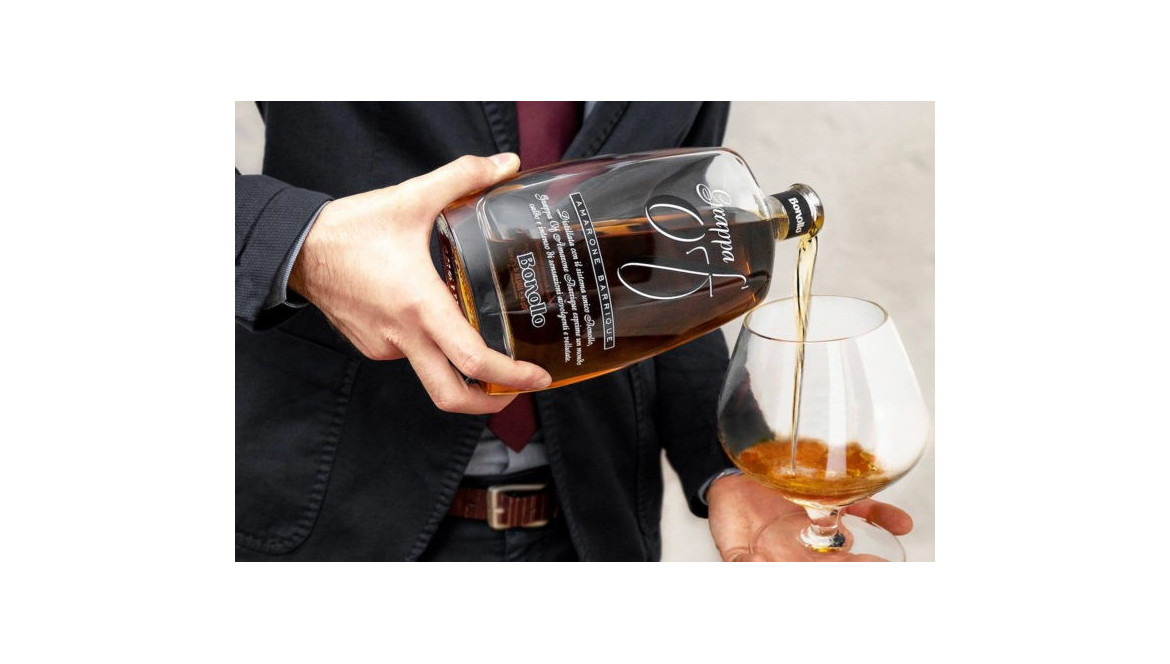
There’s Grappa and there’s Grappa. Even if a vineyard produces great wines it doesn’t always mean the vinaccia from that winery will produce good Grappa
The French have brandy, the Scots and the Irish have whisk(e)y and the Italians have… grappa. Outside Italy it’s often been seen as a rough old stomach-burner, and even inside Italy it’s not exactly fashionable. But could this ancient drink be on the verge of a revival?
Take the time and money to find the quality brands (such as Nonino, Bocchino, Berta or Bepi Tosolini) as they are well worth the effort and are a wonderful spirit. The difference is explained through the production methods which I’ve bashed out below. Grappa can be made from a mixture of pomaces, or vinaccia as the Italians call it, the skins of grapes remaining after the grapes have been pressed to make wine, from different sources or from one grape variety.
Carefully selected vinaccia is taken to the distillery as soon as the wine has been drawn off, and the stalks are removed. The stalks should not be used in production, although the rubbish producers throw it all in and you can really taste it straight away in the final product. This is the first stage in making top-quality Grappa. There are some exceptions to this, as some distilleries may also use the seeds and small quantities of pulp. Even if a vineyard produces great wines it doesn’t always mean the vinaccia from that winery will produce good Grappa; the trusted grape doesn’t guarantee the quality.
The fresher and softer the pomace is, the better the final Grappa will be. Ideally, the leftovers should be collected and fermented within 24 to 48 hours after the wine has been drawn off. The next stage is to put the vinaccia into stainless steel tanks (Nonino has exceptionally beautiful tanks!) ready for the fermentation process where the sugars are converted to alcohol. The grape skins naturally collect yeast at the vineyard, therefore it is important to constantly control the use of the yeast during this process.
Both temperatures and pH levels are carefully controlled. The vinaccia from red grapes has already undergone alcoholic fermentation during wine making as the skins are left with the juice during fermentation to give the red colour to the wine. It can therefore be distilled immediately when making Grappa.
The vinaccia from white grapes, on the other hand, does not contain ethanol but contains sugars that are fermented by spontaneous anaerobic fermentation during their storage period. The final part of the process is the ageing in different wooden barrels.
At Nonino they use 1855 barrels made of Nevers, Limousin and Grésigne oak, former Sherry barrels, and acacia, wild cherry and pear barrels. After ageing, the distillates are bottled without the addition of flavour and colour additives. However, some companies purchase full-proof Grappa from another company and dilute it with demineralised water, which, sadly, allows them, by law, to claim it as their own.
